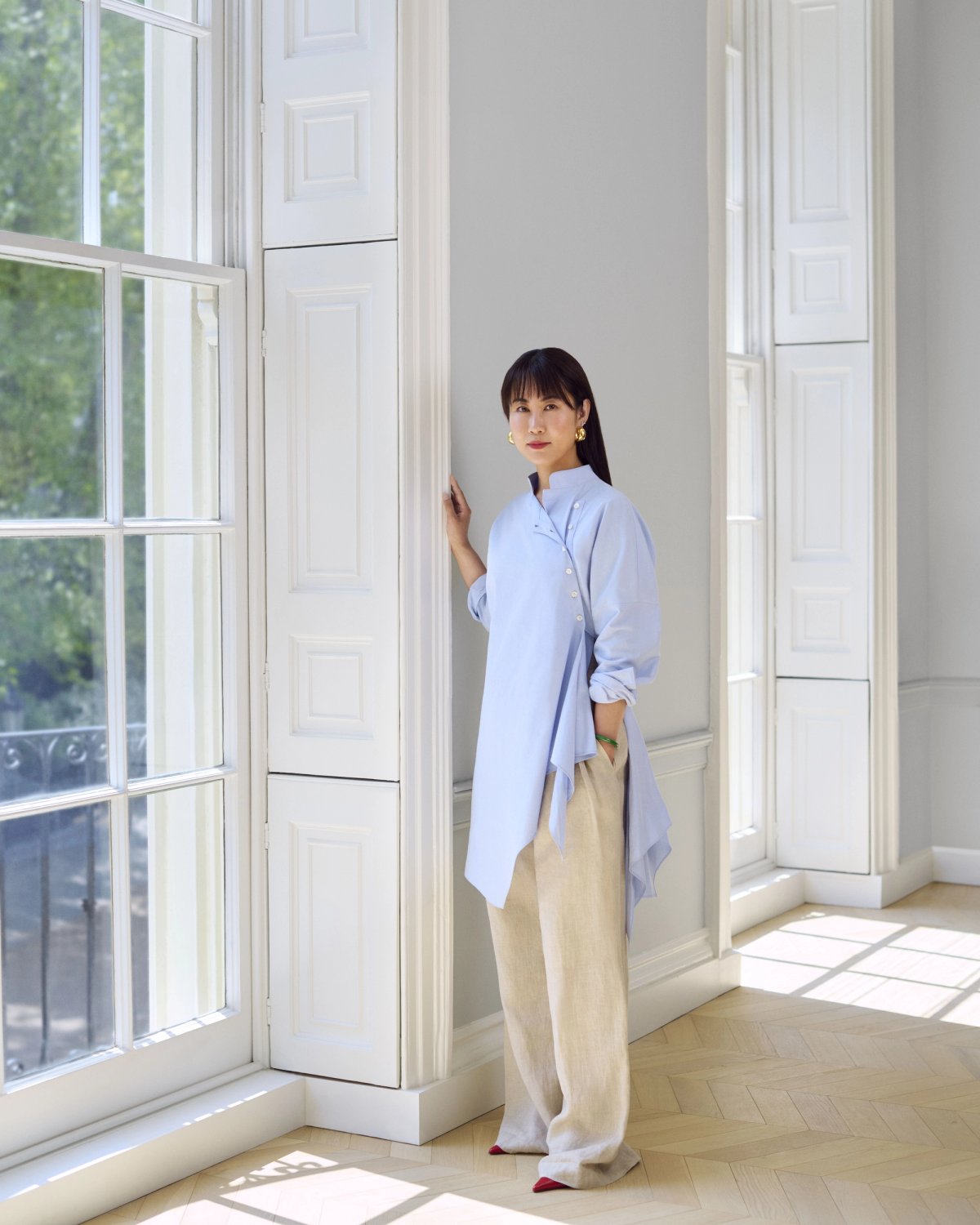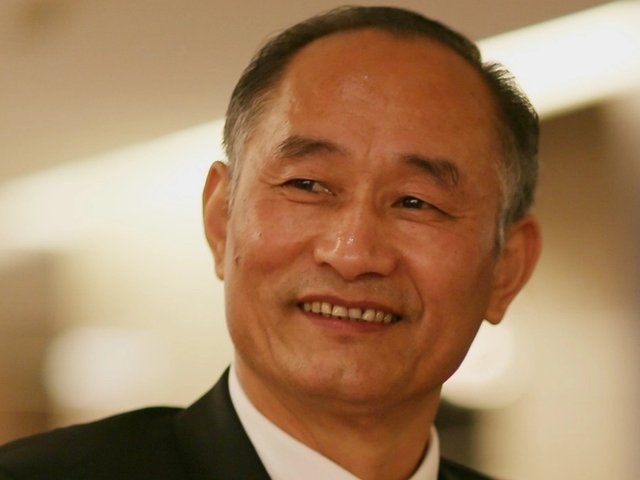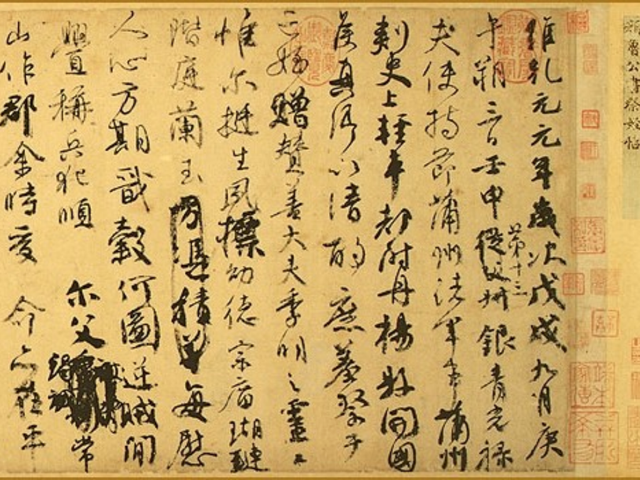The Chinese art collector and philanthropist Yan Du will open a new non-profit space dedicated to showing the work of Asian artists in London’s Bloomsbury this October. Housed within an expansive Grade I-listed townhouse on Bedford Square, Yan Du Projects (YDP) will host a series of exhibitions, site-specific commissions and public events, alongside artist residencies.
“Originally I was just looking for a space for a pop-up, but then I found this building on Bedford Square and I thought, ‘this is beautiful and it’s the best location, why don’t I take it,” Yan tells The Art Newspaper. “So that’s how it happened, very organically.” She adds of her choice of location: “Bedford Square is a cultural and intellectual hub—we are neighbours with [research institute] the Paul Mellon Centre, publishers and the AA [Architectural Association], and it used to be home to the Bloomsbury Group”.
It is not the first non-profit that Yan, who was born near Beijing but now lives in London, has opened in the city. In 2019 she launched the Asymmetry Art Foundation, with the aim of promoting understanding of and research into Chinese and Sinophone contemporary art. A bricks-and-mortar headquarters for the foundation opened in east London in 2022.
YDP will be different in that it is dedicated to the work of Asian and Asian diasporic artists more broadly. It will also be distinct from Yan’s large private collection, which includes works by artists such as Louise Bourgeois, Georgia O’Keeffe, Lee Krasner, Shirin Neshat, Issy Wood and Lee Bul.
“Supporting artists is something I’ve always been very passionate about,” Yan says. “I really enjoy speaking with artists and curators and working on exhibitions.”

Yan Du Projects’ space on Bedford Sqaure
Photography by Jooney Woodward. Image courtesy of YDP
Yan chose the Hong Kong-based Beau Architects to redesign the 18th-century Bedford Square property within the strict confines of its listed status, and they came up with an unusual modular “suitcase project”, a temporary structure within a structure. “We cannot make any structural changes, so we have to build up everything internally,” Yan says. “But the suitcase project also reflects the diasporic experience of nomadic homemaking… in the future, I’m thinking about travelling exhibitions, so we can also take our suitcase identity with us.”
YDP will host two to three interdisciplinary exhibitions a year. “We want to keep the exhibition programme flexible and encourage artists to curate their own shows,” Yan says. The opening show will be of new works by the Chinese painter Duan Jianyu, an artist with whom Yan has a long relationship and whose work she feels embodies the “transcultural dialogue” she wants to promote at YDP. Although Duan’s work is well known in China, it is often overlooked by the international art world and so choosing her sets the tone for YDP’s “mission to promote under-represented artists”, Yan says.
The coach house behind the main building will provide studio space for two artists in residence, the first of whom will be the Bangkok-based Harit Srikhao, hosted by YDP from September to November this year. Yan hopes the residency will feel like a supportive environment and encourage artists to be experimental, to “take risks or make mistakes.”
While renovating a listed Georgian property and building a new team have been practical challenges, defining YDP’s purpose has presented an ideological one. “I need to create from scratch a brand-new model of supporting creative practices and research,” Yan says. “There is no precedent for me to follow. I am envisioning a new type of philanthropic work, to shape the future of the ecosystem of art.”




